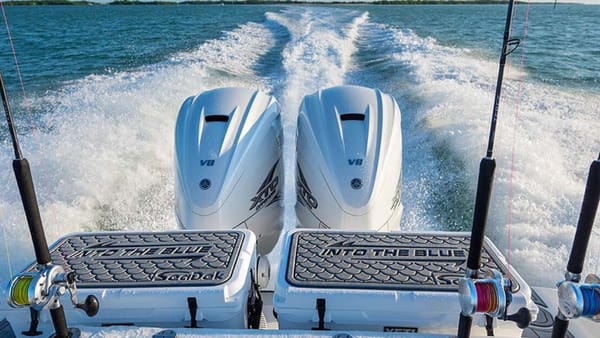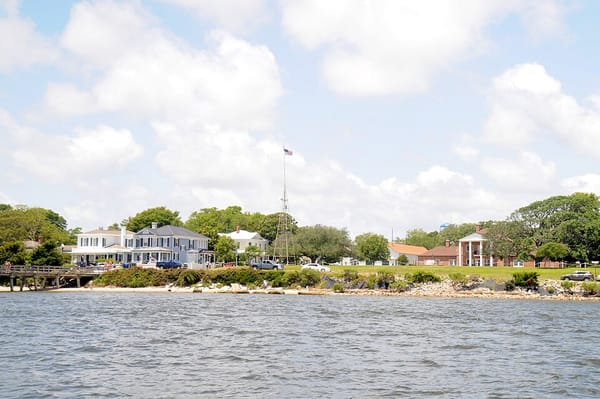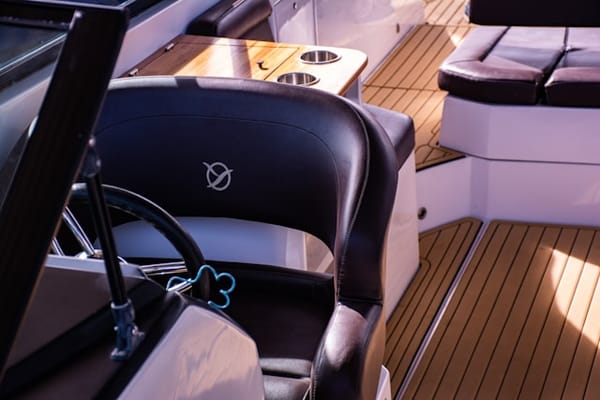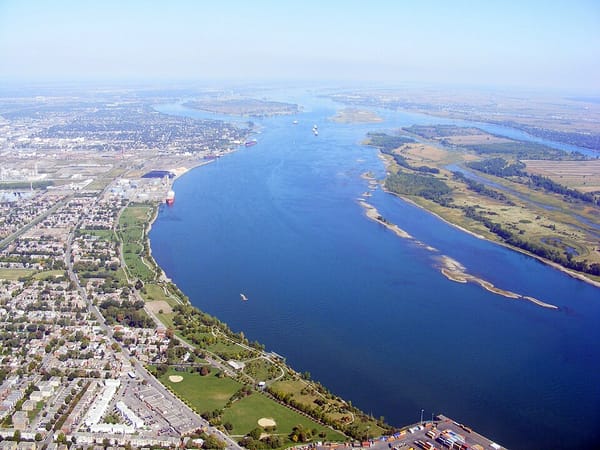Nature Calls: All About Marine Toilets
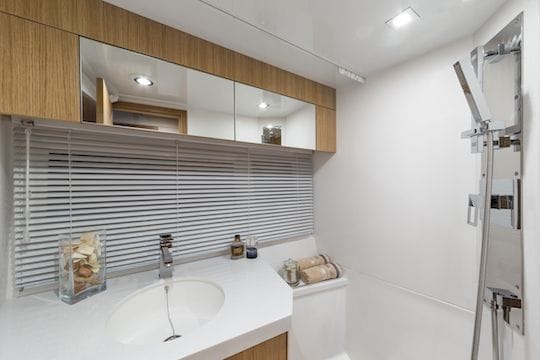
If you’ve ever spent long amounts of time out on the water, or are boating with kids on board (especially with kids on board), you’ll know how beneficial having a toilet on board the boat can be. It’s a major convenience factor, as you won’t have to head (pun intended) back to a marina or private boat slip rental to do your business.
Marine heads (boat-speak for toilet) work very similar to the one in your house. You go and then flush with water. The biggest difference is that most recreational boats don’t have a traditional sewage system. They have a holding tank that, well, holds the waste until you can pump it out at a pump-out station.
On a side note, the name “head” comes from the fact that toilets were at the head/bow of the ship in the olden days of pirates and such. The “toilet” itself was more or less just a hole cut into a plank right over the water. Yes, marine toilets aren’t necessarily a luxury topic – they’re often small and cramped and sometimes smelly – but, thankfully, they’ve come a long way since pirates roamed the seas.

Advantages to Having a Marine Toilet on a Boat
- Comfort and convenience of passengers
- Liveaboard boats (no worries about finding a marina or private boat dock rental with restroom access)
- Long days out on the water with family, friends and kids
- Extended sailing trips (such as sailing the Great Loop or traveling from Florida to the Bahamas by boat)
Types of Marine Sanitation Systems
There are three types of marine sanitation devices (MSDs) Two of them are mainly reserved for commercial-type boats, but we’ll take a look at them anyway.
Type I
Type I systems are used on recreational offshore boats. They have an on-board treatment system that uses a macerator pump (which grinds the waste before moving it to a black water holding tank) and chlorination to treat the waste. The waste can then be discharged safely offshore.
Type II
Type II systems use biological/chemicals for on-board treatment and offshore disposal. This type is used on large commercial boats rather than recreational boats.
Type III
Type III systems are most often found in recreational boats. This type has a holding tank but no overboard discharge pump (regardless of whether the waste is treated or untreated). This type cannot be pumped overboard. It has to be pumped out at an approved facility, which can be found at marinas or near boat dock rentals.
Types of Marine Head Holding Tanks
There are two main types of holding tanks used on recreational boats.
Cassette Toilets
Cassette toilets store the waste in portable tanks. The tank is then carried to a disposal spot on land, which can be beneficial since you don’t have to take the entire boat there. The disadvantages are obvious: heavy, smelly and there’s chance of spilling. This type is simple, compact, reliable and affordable.
Cassette toilets are available as both built-in and freestanding (such as a porta-potty with an enclosure around it). Built-in toilets use rinse water coming from the boat’s water system. Freestanding systems are contained in a holding tank that’s part of the toilet itself.
Pump-Out Toilets
With pump-out toilets, the waste gets pumped into a holding tank that is then pumped out through a hose at a pump-out station. Many marinas have them, so you’ll want to check on that ahead of time. There is usually a fee to pump out, but the benefits can greatly outweigh the issues of having to manually carry a holding tank. Permanently fixed holding tanks that are much larger don’t need to be emptied as often.
Composting Toilets
Composting toilets have become more popular in recent years. They’re used a lot in tiny homes and RVs as well. Two tanks are used, one for number one and one for number two. Oxygen dries out and composts the waste. Sawdust or peat moss is then added to help the drying process. It doesn’t have to be pumped out or disposed of in any special way.
Composting toilets require very little maintenance, don’t smell, don’t use chemicals and last up to about a month for two people. There are also no worries about blocked pipes. On the disadvantages side, they can be larger in size and taller than most, which can make them more uncomfortable to use. Some do use a small amount of power in the composting process.
Types of Flushing Systems on Marine Toilets
Manual
Manual flushing systems have a hand pump that’s built into the side of the toilet. The waste gets pumped out as fresh water is pumped in. This type is less expensive and easier to maintain, but it clogs easier than the electric type.
Electric
An electric flushing system works at the push of a button, just like at home. They do use more electricity, but you don’t have to pump like with a manual one.
Tips for Marine Toilets
- Only use approved biodegradable toilet paper.
- Use enzyme deodorizers for holding tanks.
- Only discharge at pump-out facilities. There are steep fines for overboard discharge (plus, it’s environmentally irresponsible and just plain nasty).
- To save water and electricity, use moderation in flushing (number one can sit a while).
- Clean and sanitize with one part bleach to 10 parts water.
- Pump-out before storing the boat for the winter.
Hopefully you’ve gathered some tips on marine toilets, whether you’re purchasing a boat with one already onboard or thinking about adding one to your own boat.
